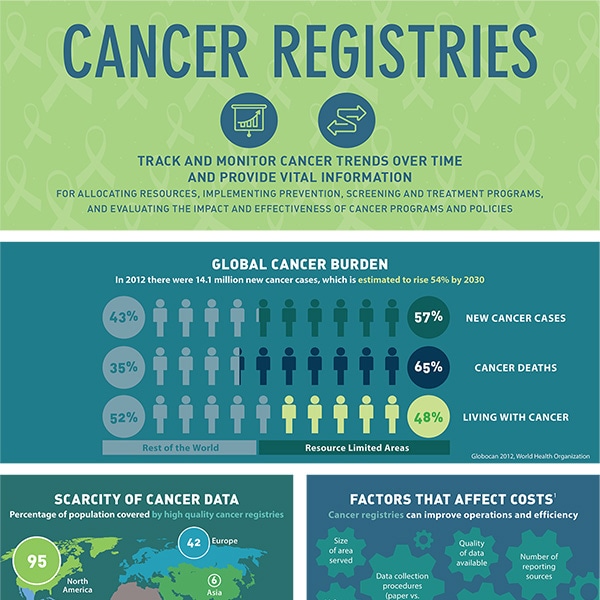Have You Ever Before Took Into Consideration The Subject Of Ruptures, Including Their Signs And Symptoms And Readily Available Therapy Approaches? Reveal The Details Essential To Make Informed Health Choices

Staff Author-Lehman Burks
If you're dealing with a hernia, you probably have a great deal of inquiries. You might wonder about the different kinds, their signs, and what issues can emerge. It's essential to recognize your choices, particularly when it comes to treatment. Recognizing the facts can encourage you to make the most effective selections for your health. So, let's discover the solution to these usual hernia questions and what they mean for you.
What Are the Different Types of Hernias?
When you think about ruptures, it is very important to know that there are numerous kinds, each with its own characteristics and reasons.
The most usual type is an inguinal hernia, which happens in the groin location. You could likewise run into a femoral hernia, similar to an inguinal hernia but situated lower in the groin.
Umbilical ruptures happen around the tummy switch, especially in babies, while incisional ruptures can establish at the site of a previous surgical laceration.
Diaphragmatic ruptures, although less common, happen when abdominal materials push via the diaphragm right into the chest dental caries.
Each kind varies in severity and may call for various therapy strategies, so comprehending these differences is critical for your health and well-being.
What Are the Symptoms and Difficulties of Hernias?
Just how can you identify the signs and symptoms of a rupture? You may notice a visible bulge in your abdominal area or groin, particularly when you're standing or straining. This lump may disappear when you're relaxing.
You can likewise experience discomfort or a dull pain, especially when raising hefty things or during exercise. Sometimes, you may really feel a burning or throbbing sensation in the afflicted area.
Difficulties can develop if a rupture comes to be incarcerated or strangulated. Imprisonment takes place when the lump can not be pushed back in, bring about discomfort and swelling.
Strangulation is extra severe and occurs when the blood supply to the herniated tissue is cut off, which can cause major health problems calling for prompt clinical interest.
What Are the Treatment Choices Available for Ruptures?
If you suspect you have a hernia and are experiencing signs like a bulge or discomfort, recognizing your therapy choices is vital.
The key treatment for most ruptures is surgical procedure, as it fixings the issue in the abdominal wall surface. There are two main medical strategies: open surgery and laparoscopic surgical treatment. Open surgical treatment entails a larger cut, while laparoscopic surgery utilizes little cuts and a camera for a minimally invasive strategy.
Sometimes, if the hernia isn't causing extreme signs and symptoms, your physician may suggest watchful waiting. This indicates checking the hernia without prompt surgical procedure.
Final thought
In summary, recognizing hernias is important for your health. By understanding the different kinds, acknowledging signs and symptoms, and checking out therapy options, you encourage on your own to make informed choices. https://www.news-medical.net/news/20210125/Newly-designed-Biomesh-minimizes-postsurgical-complications-of-hernia-repair.aspx can stop problems, so do not wait to speak with a cosmetic surgeon if you presume a rupture. Whether you choose open or laparoscopic surgical treatment, being proactive regarding your problem can result in a smoother recovery and a healthier future. Remain notified and take Read More On this page of your wellness!

